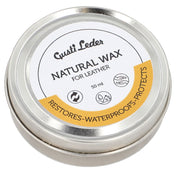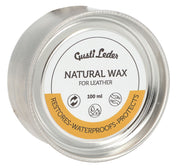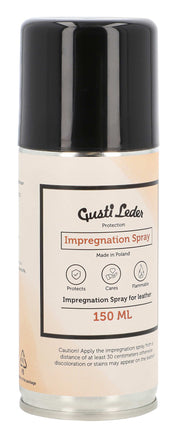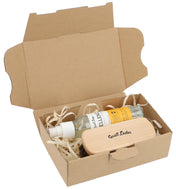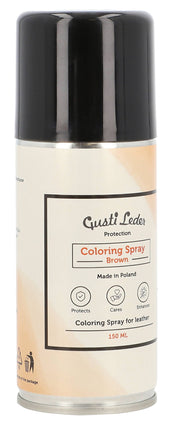Beeswax General
Beeswax, or propolis, is a liquid secreted by "construction bees" and is suitable for leather care. The bees produce it with their wax glands and use it to build their characteristic honeycombs. This process is also called "exudation." They then knead the wax with their mouthparts, thus shaping the hexagonal cells. Depending on the origin and species of bee, the natural building substance can range in color from whitish to yellow.

Properties and history of beeswax
The wax consists primarily of alcohol, fatty acids, and hydrocarbons. Due to the fatty acids it contains, the wax is not water-soluble. It can only be dissolved in alcohol or oils. Due to this property, the product is particularly suitable as a water- and dirt-repellent coating (impregnation) in leather care. The Egyptians and Romans already used the wax for embalming and sealing their wooden ships, jugs, and wooden figurines.

Possible uses for propolis
Nowadays, the pure natural product is used for a variety of applications, in addition to impregnating wood and leather products.
Beeswax is primarily known from candle making and in the food industry as a coating for gummy bears or apples. It is also particularly popular in the cosmetics industry as a base for creams, soaps, lipsticks, and eyeliner, as this natural product is considered particularly skin-friendly. This means that even sensitive people can use beeswax, for example, to care for their leather products without experiencing redness or skin irritation.

Beeswax in leather care
In leather care, propolis causes individual areas on the leather bag to darken slightly, making minor scratches less visible. Waxes and resins can be polished back, have a pore-closing, and squeak-intensifying effect. They are therefore primarily used for waterproofing outer leather and all types of smooth leather. Beeswax not only makes the leather waterproof, but also soft and supple. At the same time, it remains breathable and lasts longer.
Application: Clean the leather product and apply beeswax sparingly to the dry leather.
additional sources (accessed 01.11.2018)
- propolis-guide(dot)info/beeswax#
- honey-and-bees(dot)de/beeswax/
- derbienenblog(dot)de/2015/02/20/how-do-the-bees-make-beeswax/
- lederzentrum(dot)de/wiki/index.php/Lederpflege

